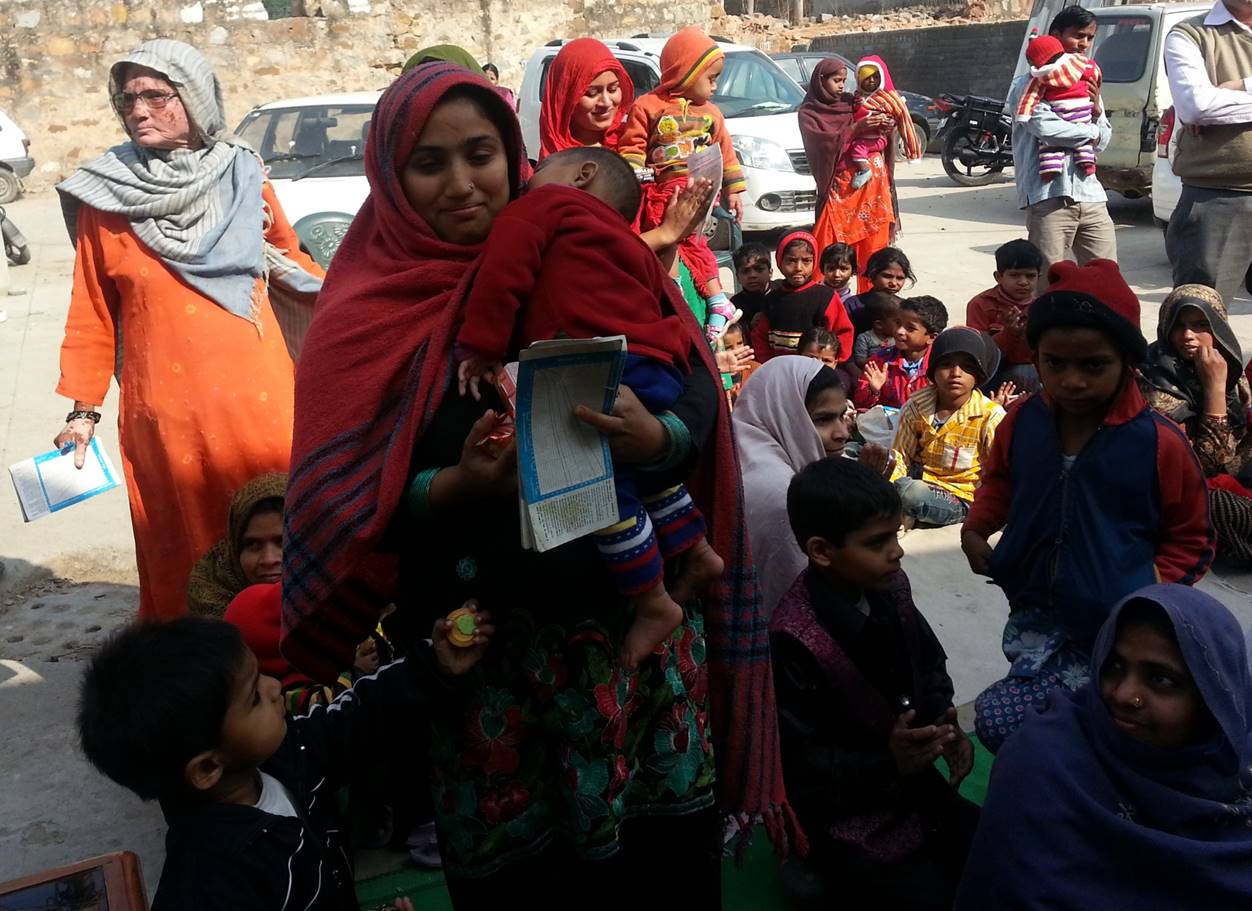
The following considerations have led to the formulation of special health services for mothers and children:
1. Considering utter numbers, mother and children comprise a major portion of the population
• In India,
o Women of child bearing age (15 – 45 yrs.) constitute 22.2%
o Children under 15 yr. of age, comprise about 35.3% of the total population
o Together they constitute, nearly 57.7% of the total population (71.14% of the population of developing countries)
2. Not only mothers and children constitute a large group, they are also a ‘vulnerable or high risk group’
• In developed world 50% of all deaths occur in above 70 yr. of age
• In developing countries 50% of all deaths occur in under 5 age children
3. In addition to the above, a major portion of illness and deaths among mothers and children is largely preventable.
Hence by improving the health of mothers and children, we improve the health of the general population
Mother and child should be considered as one unit for the following reasons:
1. During the antenatal period, fetus is a part of the mother. This period is around 280 days
• During this period, the fetus acquires all the nutrition and oxygen from mother’s blood
2. Health of a child is closely associated with maternal health. A healthy mother is more likely to deliver a healthy baby as the risk of premature birth, still birth or abortion would be lesser
3. Several conditions during pregnancy affect the fetus also e.g. syphilis, German measles, drug intake
4. Even after birth, the child is dependent upon the mother.
• Till at least 6 to 9 months of age, the child is completely dependent on the mother for feeding
• Not only nutrition, the mental and social development of the child is also dependent upon the mother. It is known that if the mother dies, the child’s growth and development are affected. This is known as the ‘maternal deprivation syndrome’
5. While caring for women’s health, service to the child is simultaneously needed on many occasions e.g. postpartum care is inseparable from neonatal care and FP advice
6. The mother is also the first teacher of the child.
The term “Maternal and child health (MCH)” includes the promotive, preventive, curative and rehabilitative health care for mothers and children.
The sub-areas of MCH include:
1. Maternal health
2. Child health
3. Family planning
4. School health
5. Handicapped children
6. Adolescent health and
7. Health aspects of care of children in special settings such as day care
The specific objectives of MCH are
1. Reduction of maternal, perinatal, infant and childhood mortality and morbidity
2. Promotion of reproductive health and
3. Promotion of the physical and psychological development of the child and adolescent within the family
The ultimate objective of MCH services is achieving lifelong health.
RCH (Reproductive and Child Health) includes:
• MCH plus
• Reproductive tract infections (RTI’s) including sexually transmitted infections (STI’s)
Definition of RCH:
“People have the ability to reproduce and regulate their fertility, women are able to go through pregnancy and child birth safely, the outcome of pregnancies is successful in terms of maternal and infant survival and well being and couples are able to have sexual relations free of fear of pregnancies and of contracting diseases”.
maternity cycle, pre-maturity definition, infancy: http://www.ihatepsm.com/blog/maternity-cycle-and-prematurity
References:
Preventive Medicine in Obstetrics, Pediatrics and Geriatrics; Park’s Textbook of Preventive and Social Medicine, 23rd ed.
Health Programmes in India; Park’s Textbook of Preventive and Social Medicine, 23rd ed.
